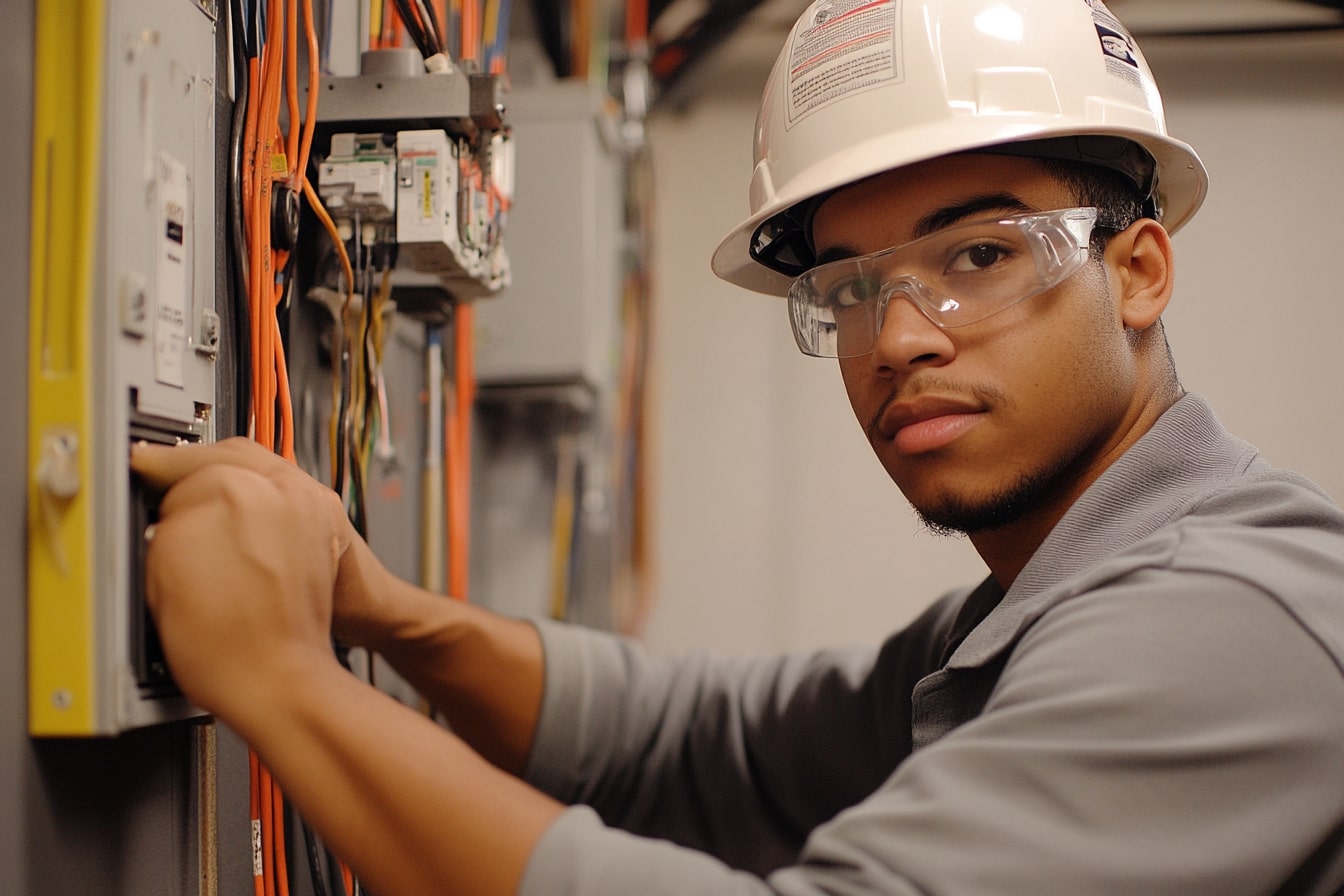A Day in the Life of an Installation Technician: Tasks and Tools
This article outlines a typical day for an installation technician who works on barriers and fencing, focusing on practical tasks, common tools, and the coordination needed on construction sites. It highlights site preparation, material selection, safety basics, and ongoing maintenance considerations for technicians and contractors.

A typical workday for an installation technician blends planning, physical work, and coordination with other trades. Technicians begin by reviewing plans, checking materials lists, and confirming schedules with contractors or property owners. Throughout the day they move between site preparation, assembly, and finishing tasks, adapting to terrain and environmental factors. Practical knowledge of construction techniques and an awareness of local services and permit requirements help keep projects on track while maintaining safety and quality standards.
Site prep and barriers
Site prep is the first hands-on phase and often determines how smoothly an installation proceeds. Technicians clear vegetation, measure boundaries, and mark post locations to ensure that barriers sit straight and conform to property lines. Soil type and grading influence post depth and anchoring methods, so tests like probing for rock or unstable fill can change the planned approach. Proper site prep also considers drainage and landscaping so that the finished installation integrates with surrounding features and reduces long-term maintenance needs.
Materials and construction choices
Selecting materials affects durability, appearance, and required tools. Common choices include wood, metal, vinyl, and composite panels; each implies different construction techniques and treatments. Technicians evaluate material condition on delivery, check for defects, and organize pieces for efficient workflow. Construction choices—such as post spacing, panel orientation, and attachment methods—must suit the site and intended barrier function. Accurate estimation of material quantities minimizes waste and helps contracting partners coordinate deliveries and storage on site.
Tools and welding on site
A technician’s toolbox combines hand tools and powered equipment: post drivers, drills, saws, levels, and measuring devices are daily essentials. For metal fencing, on-site welding or anchoring work may be required; having portable welding gear and appropriate PPE allows technicians to fabricate brackets or repair sections. Proper tool maintenance keeps equipment reliable—sharpen blades, check batteries, and inspect power cords. Organizing tools by task reduces time spent searching and supports a safer, more productive workflow.
Safety, permits, and certification
Safety is central to installation work. Technicians follow protocols for PPE, fall prevention, and traffic control when working near roads. Many jurisdictions require permits for barrier installation, and local codes can dictate height, setback, or material restrictions. Certification or documented training in equipment operation, welding, or confined-space awareness is often expected by employers or contractors. Maintaining documentation for permits and certifications helps streamline inspections and demonstrates compliance with local regulations.
Scheduling, estimation, and contracting
Effective scheduling balances crew availability, material deliveries, and weather windows. Estimation skills let technicians and estimators forecast labor hours, quantify materials, and plan contingencies for unexpected site conditions. In contracting environments, technicians coordinate with subcontractors—electrical, landscaping, or masonry—to sequence work. Clear communication about lead times for specialized materials or ordered components reduces downtime and aligns installation phases with broader construction schedules.
Maintenance and landscaping after installation
After installation, technicians often advise on maintenance to preserve barrier performance. Regular checks for rot, loose fasteners, corrosion, or ground movement extend service life. Landscaping considerations—such as planting distance from posts and root barriers—prevent vegetation from undermining structures. Technicians may perform touch-up work, apply protective coatings, or replace components during scheduled maintenance visits. Proactive upkeep reduces the need for major repairs and supports long-term functionality of the installed systems.
In summary, a day in the life of an installation technician involves a mix of planning, hands-on construction, and coordination with permitting and contracting processes. Mastery of tools, material selection, site prep, and safety practices helps technicians deliver durable, well-integrated barrier solutions while adapting to the varied conditions found across different projects.






